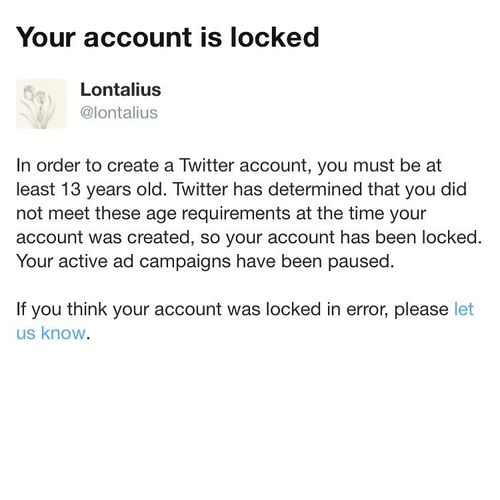Last week, The Lancet Public Health journal published the conclusions of a significant four-year cohort study into the use of cannabis by people suffering chronic pain. The results were, on the whole, highly unfavourable: participants who used cannabis tended to suffer more severe pain and to have pain interfere with their daily lives. They were more likely to suffer from anxiety disorders and using cannabis didn't diminish their use of opioid painkillers.
The findings were widely reported under headlines like Cannabis shows no benefit for chronic pain, major study shows. And in the context of the study, that was true. But ...
You'd need to actually read the Lancet article to discover some significant caveats about its findings. The participants were originally recruited for an observational study called Pain and Opioids IN Treatment, which followed a group of Australians with chronic non-cancer pain who have been prescribed opioids by their doctors.
So the researchers knew a lot about what opioids their subjects were using and in what dosage. By contrast, they didn't know what cannabis products their subjects were using, where they got them, how they were using them or in what dosage. The most fine-grained the study gets is "daily or near-daily" use of (necessarily) illicit cannabis. That's it.
The researchers, who were specialists in addiction studies rather than in pain medicine, never met their subjects – they gathered their responses from self-completed questionaires and phone interviews. The non-cannabis users were not met face-to-face either, but presumably had personal contact with their prescribing doctors.
What can be said of the results is that unmanaged use of unknown quantities of unqualified street weed did not seem very effective in managing pain, and was possibly even counterproductive. But it's also worth noting that this was an unhappy, troubled cohort with comorbidities. Half had screened positive for current moderate-to-severe depression and one in five had attempted suicide. It's a group which should be very cautious about using high-THC street weed, with its known anxiogenic effects.
But there weren't actually many cannabis users in the context of the wider group: by the time of the final four-year follow-up only 16 per cent of the overall cohort of 1200 participants had used cannabis in the past year and only six per cent were in the "daily or near-daily" group. It's not really possible to assess the value of a controlled medicinal cannabis treatment programme in such a context.
There's a further wrinkle: while the cannabis users didn't outperform non-users on pain and life impairment scores, they tended to report a perception that their cannabis use was helping. And the proportion of those who felt cannabis was helping increased over time, even if their scores said otherwise. The authors speculate it might simply be to do with getting a good night's sleep. There might also be something else going on.
It's important to note that the authors have not misrepresented their results, and have acknowledged most of what I've said above (although there's no real acknowledgement of the probable difference in composition of street and prescribed cannabis products, which is significant).
It's no surprise that the study has been controversial. It contradicts other recent studies like this one – which did not use a control group, but did actually study the effects of cannabis administered in a formal treatment context, and found very different results to the Australian study. So the most useful thing this new study may show is that an unregulated black market is not an effective model for the medicinal use of cannabis.
–––
The Lancet study came up in this RNZ Sunday Morning interview with Tanya Black, a reporter for for the disability programme Attitude, who has made a two-part film called In Pot Pursuit, which follows her attempts to be prescribed an approved medicinal cannabis product. She suffered a spinal fracture 10 years ago and lives life pretty well with a wheelchair – except for persistent and painful spasms in her legs, for which she currently takes some pretty heavy drugs, including fentanyl. One pharmaceutical cannabis product, Sativex, is specifically approved for spasticity in MS patients, so it's not unreasonable to want to try it, or the functionally equivalent Tilray.
The interview also featured Rick Acland, a Christchurch-based pain specialist who appears in the film. He was actually more cautious in the interview than he is in the film, but it's no small matter for a pain specialist to break ranks with the current orthodoxy. One anaesthetist, Graham Sharp, sent a blazing message in to the programme during the interview slating medicinal cannabis as "a scientitifc fraud" with "a basis in naturopathy" supported only by "pressure groups". (This isn't actually true, but it's an indication of the extreme strength of feeling among many doctors.)
Anyway, despite its slightly cringey title, In Pot Pursuit is well-made and worth watching. You can see the first part on Attitude at 11am on TVNZ 1.
(Disclosure: I've just started doing a few casual days as a producer at RNZ and this story happened to fall to me to put together last week.)
–––
One more thing. This Transform article on cannabis social clubs in Spain popped up in my Twitter today and it's worth reading, because CSCs could be New Zealand's response to a positive vote in the forthcoming cannabis referendum – especially if restraining runaway commerce is deemed a priority.
CSCs not only make cannabis available without commercialisation (CSCs are forbidden to make a profit), but allow for the production and sale of specific strains, with particular attributes and cannabinoid ratios. There is an underground in New Zealand producing such strains, including for medicinal use, but the people in it are in constant danger of arrest and prosecution.
